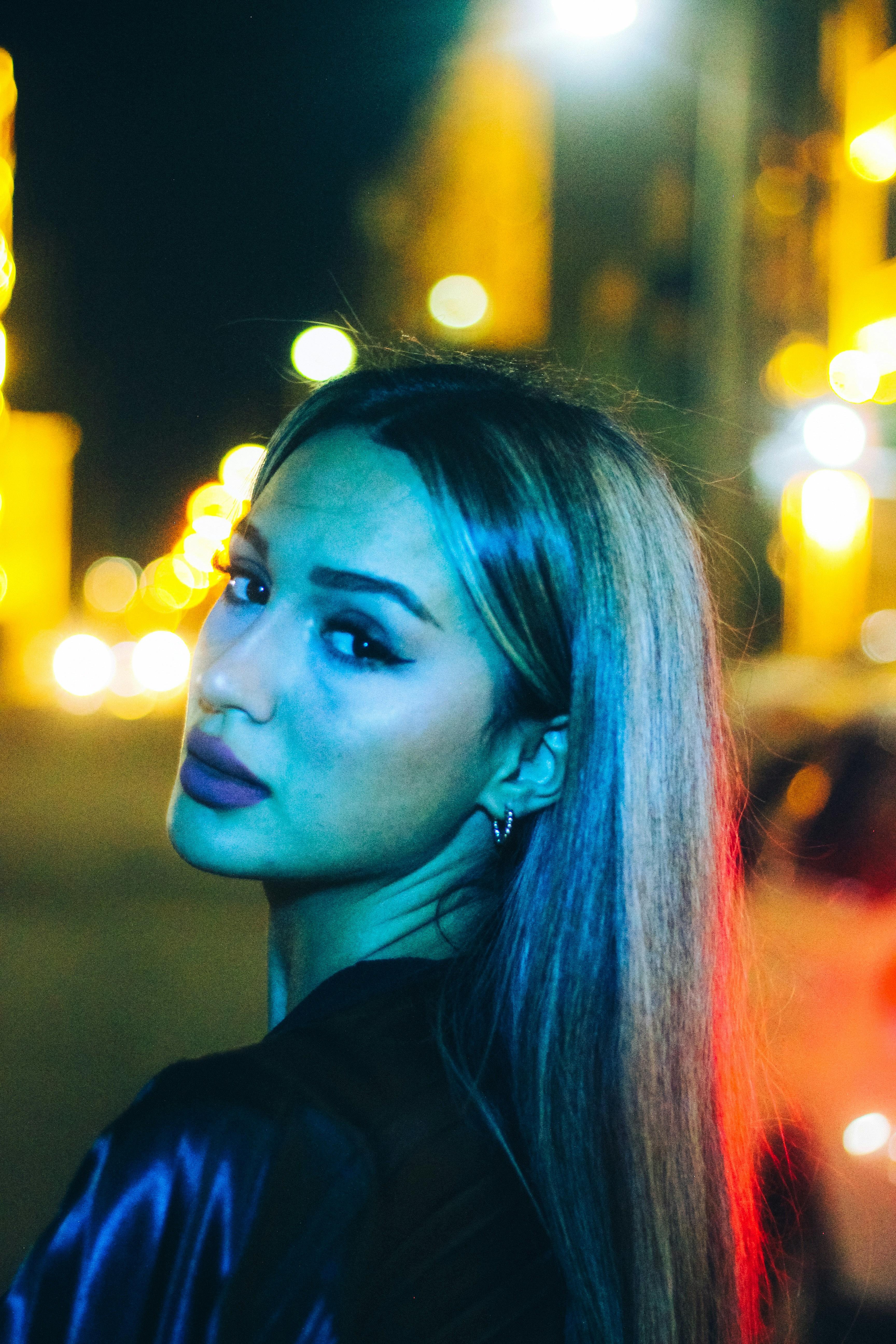In the world of cinema, where storytelling transcends mere dialogue and action, lighting emerges as an unsung hero, sculpting each frame with precision and purpose. Just as a painter wields a brush, filmmakers harness light to evoke emotions, shape perceptions, and immerse audiences in the narrative’s mood. From the haunting shadows of film noir to the warm, golden hues of a romantic sunset, cinematic lighting techniques are instrumental in crafting the visual symphony that defines a film’s atmosphere. This exploration delves into the artistry behind lighting, revealing its pivotal role in transforming simple scenes into compelling visual experiences that linger long after the credits roll.
Crafting Atmosphere: How Light Shapes Emotion
In the realm of cinema, light serves as an invisible hand that molds the emotional landscape of a scene. Through careful manipulation of shadows and highlights, filmmakers can evoke a spectrum of feelings, from the warmth of nostalgia to the chill of suspense. Lighting techniques are not merely about visibility; they are a nuanced language that speaks to the subconscious. For instance, the use of soft, diffused light can create a sense of intimacy and tenderness, while stark, high-contrast lighting often brings tension and drama to the forefront.
Consider these impactful lighting strategies:
- Chiaroscuro: Emphasizes contrast to highlight moral ambiguity or inner conflict.
- Silhouetting: Obscures details to evoke mystery and intrigue.
- Backlighting: Enhances depth and separation, creating an ethereal aura.
- Color Temperature: Warm tones can evoke comfort, while cool tones might suggest detachment or unease.
Each technique is a brushstroke on the canvas of cinema, painting the emotional tapestry that resonates with audiences long after the credits roll.

The Art of Shadows: Creating Depth and Dimension
Mastering the interplay of light and shadow is essential for filmmakers who aim to evoke emotion and draw viewers into their narratives. By strategically placing shadows, filmmakers can introduce a sense of mystery or highlight particular elements within a scene, adding layers of meaning without uttering a single word. The delicate balance between illumination and obscurity can transform a mundane scene into a visual masterpiece, compelling the audience to explore what lies beyond the visible.
Consider the following techniques to enhance depth and dimension in your cinematic projects:
- Chiaroscuro: This classic technique leverages stark contrasts between light and dark to create a dramatic effect, often used to emphasize the moral complexity of characters.
- Backlighting: By placing the light source behind the subject, filmmakers can create silhouettes, adding an ethereal or mysterious quality to the scene.
- Practical Lights: Incorporating visible light sources within the scene itself, such as lamps or candles, can add realism and a natural depth to the composition.
Harnessing these techniques allows creators to guide the viewer’s gaze, crafting an immersive experience that resonates on a visual and emotional level.

Color Temperature: Setting the Scene with Hues
Color temperature plays a crucial role in defining the mood and atmosphere of a scene. By manipulating hues, filmmakers can evoke emotions and guide the audience’s perception. Warm tones like reds, oranges, and yellows can create feelings of comfort, intimacy, or tension, while cool tones such as blues and greens often evoke calmness, isolation, or melancholy.
- Warm Hues: Perfect for romantic or suspenseful scenes.
- Cool Hues: Ideal for serene or somber moments.
- Neutral Hues: Often used to maintain a balanced, realistic look.
By carefully selecting and adjusting these color temperatures, directors and cinematographers craft a visual language that subtly influences the narrative, enhancing the storytelling experience.

Practical Tips: Mastering Lighting for Mood Enhancement
To truly harness the power of lighting in your visual storytelling, consider these practical tips that can elevate your project from ordinary to extraordinary. Begin by understanding the different types of lighting and their emotional impacts. Soft lighting often evokes warmth and intimacy, while hard lighting can create drama and tension. Experiment with key lighting to draw focus and shape your subject, and use fill lighting to manage shadows and contrast.
- Color Temperature: Utilize warm tones to convey coziness and cool tones for a more somber atmosphere.
- Directional Lighting: Position lights strategically to guide the viewer’s eye and create depth.
- Practical Lights: Incorporate everyday light sources, like lamps or candles, to add realism and texture.
- Gels and Filters: Experiment with colored gels to subtly alter mood and enhance emotional undertones.
Embrace shadows as a storytelling tool. They can add mystery or highlight contrasts within your narrative. By combining these techniques thoughtfully, you can craft an immersive atmosphere that resonates with your audience.

